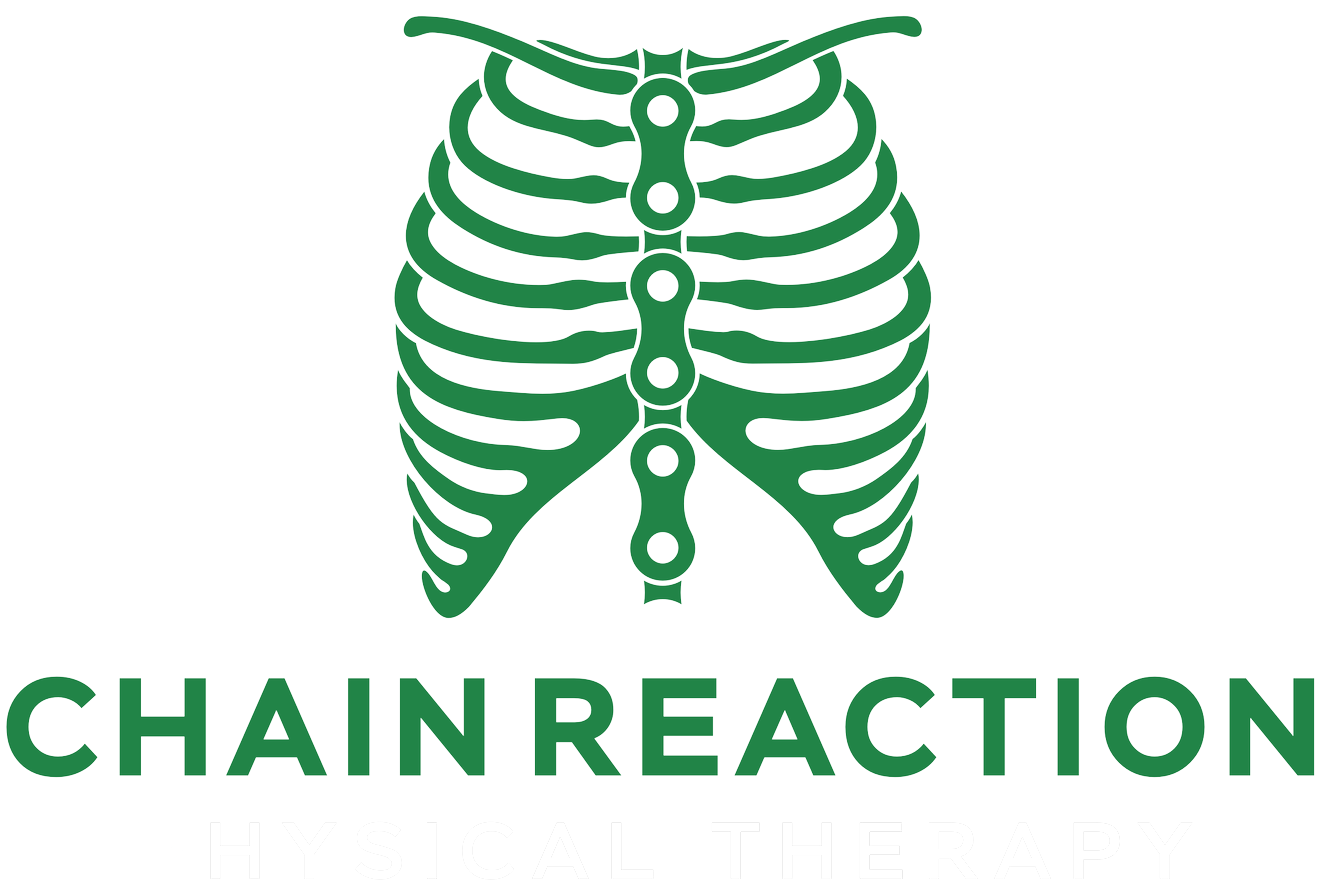Why You Need to Be Weightlifting if You’re an Endurance Athlete
Many endurance athletes are loathe to take time off from their sport to spend it in the weightroom instead. I get it. I was a competitive cyclist for years, and the first year my coach tried to get me to add weight-lifting to my week, I flat out refused.
But weightlifting for endurance athletes is imperative to not only keep you healthy and injury-free, but it also the best untapped way to increase your performance too.
First, Some Physiology
Our body’s muscles are made up of different types of fibers. Here, we’ll stick to just Type I and Type II. (there are other subcategories of these). Speaking broadly, Type I fibers are used for aerobic activities; running, cycling, swimming. Type II fibers are used for anaerobic exercise; short, intense exercise that requires fast energy NOW, such as in sprinting. These Type II fibers are what are predominantly used when weightlifting, to generate sufficient, fast force to lift a weight.
While endurance sports are known for long distances, it doesn’t mean the requirements for the body during those distances doesn’t change. During hill climbs or sprints, the body requires more power output and Type II fibers.
Yes, these fibers will get trained with sprint training. However, a way to increase adaptation from exercise is to introduce variety into how you train these fibers. Strength training is a fantastic way to help teach your body how to use Type II fibers better. It also teaches your body how to recruit Type II muscles faster, meaning you can respond to an increase in speed or elevation faster than your competitors.
But Wait, There’s More
Additionally, most endurance sports only move in one direction: forward, in a relatively straight line. This means all of the muscles that rotate you and move you side to side don’t get used as much. This is what can lead to imbalances, weakness, and injury. It is important to train into all planes as an athlete (backward, side to side, diagonal) if you want to ensure your body is protected and performing at 360 degrees.
Lastly, For the Masters Athletes Out There
Research shows that after age 30, we lose about 10% of our muscle mass per decade. That’s bad news when it comes to performance, longevity, and mobility in general. I recommend all of my patients strength training at least 1-2 times a week to offset this natural decline and ensure they are continuing to thrive (and race) into their 80s.
To encourage actual muscle growth and make gains in the gym, you should be training closer to 2-3x/week.
Putting in the time in the weight room is not only worth it, but necessary for endurance athletes. It is an easy part of training that can easily be pushed to the side in favor of getting in more miles, but if you’re looking to improve performance and prevent injury, spending a few days a week lifting is what is going to put you at the advantage over your competitors, and help you maintain the gains you make during your aerobic training.
Interested in learning more about how to lift to set yourself up for success in your sport? I provide performance consulting, designed to not only keep you fast, healthy, but help you get those PRs you’ve been looking for.
Additionally, if you are looking for a cycling coach to guide your training, I cannot say enough good things about my former coach when I was racing, Steve Weller, who owns Bell Lap Coaching. Check him out here!

